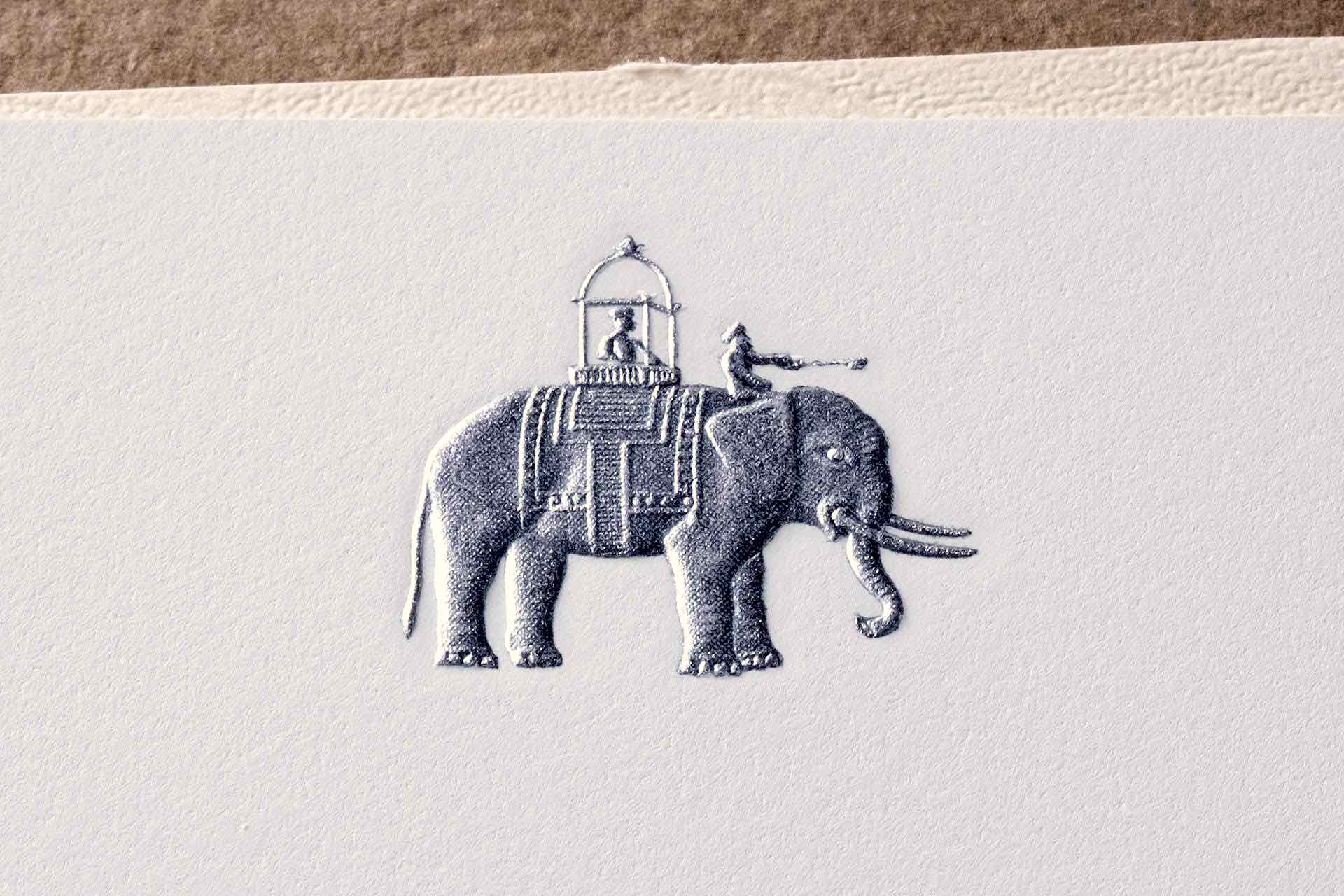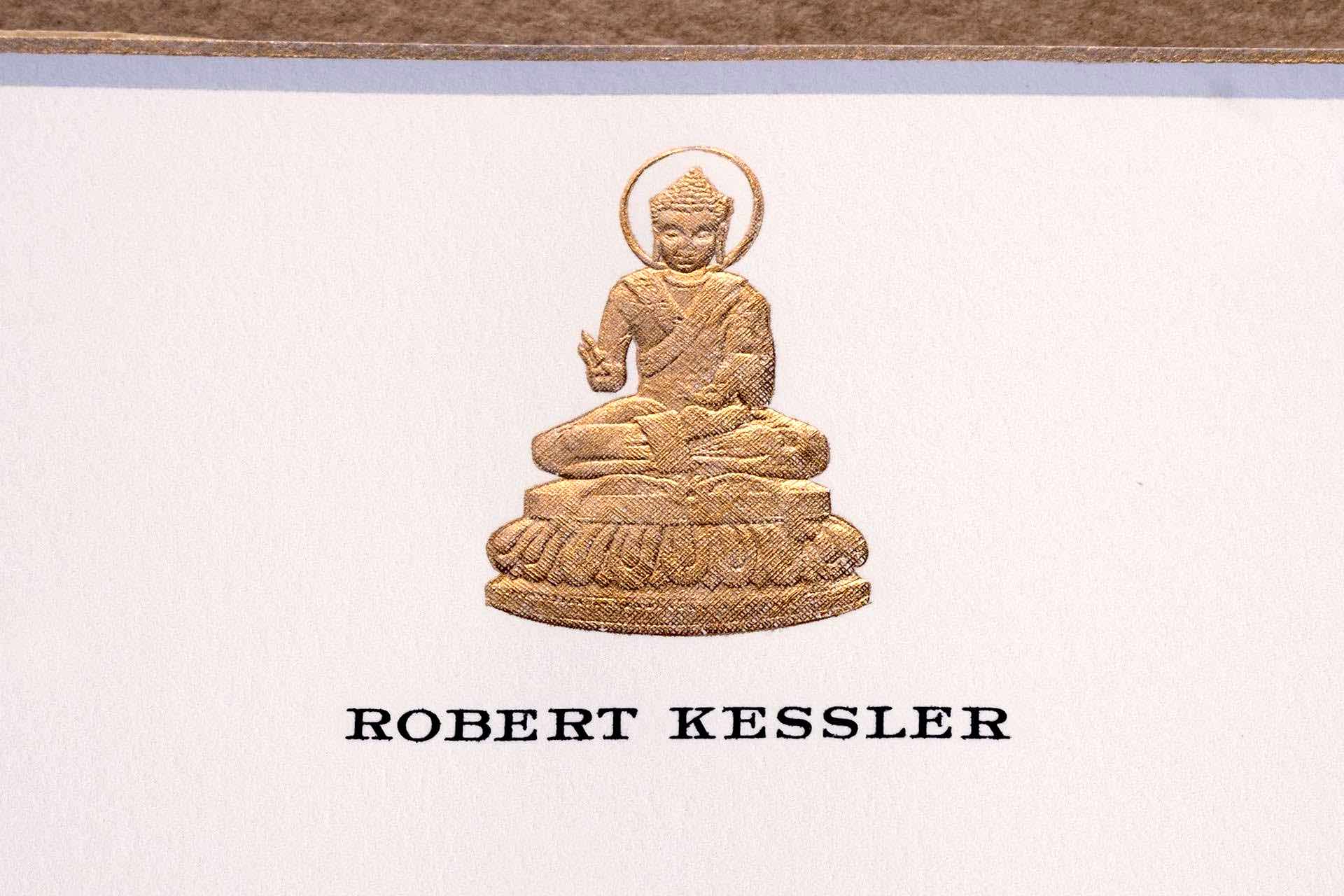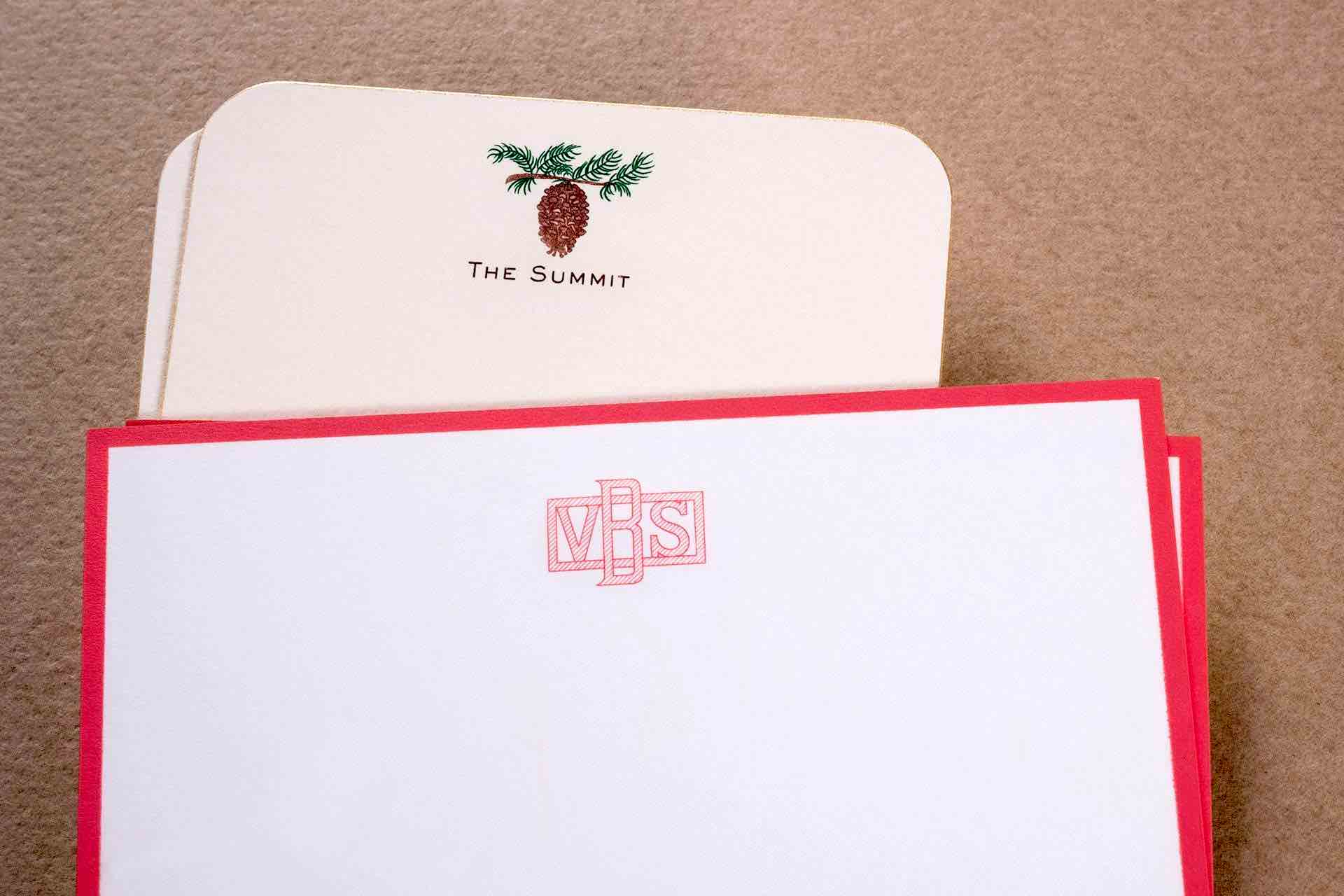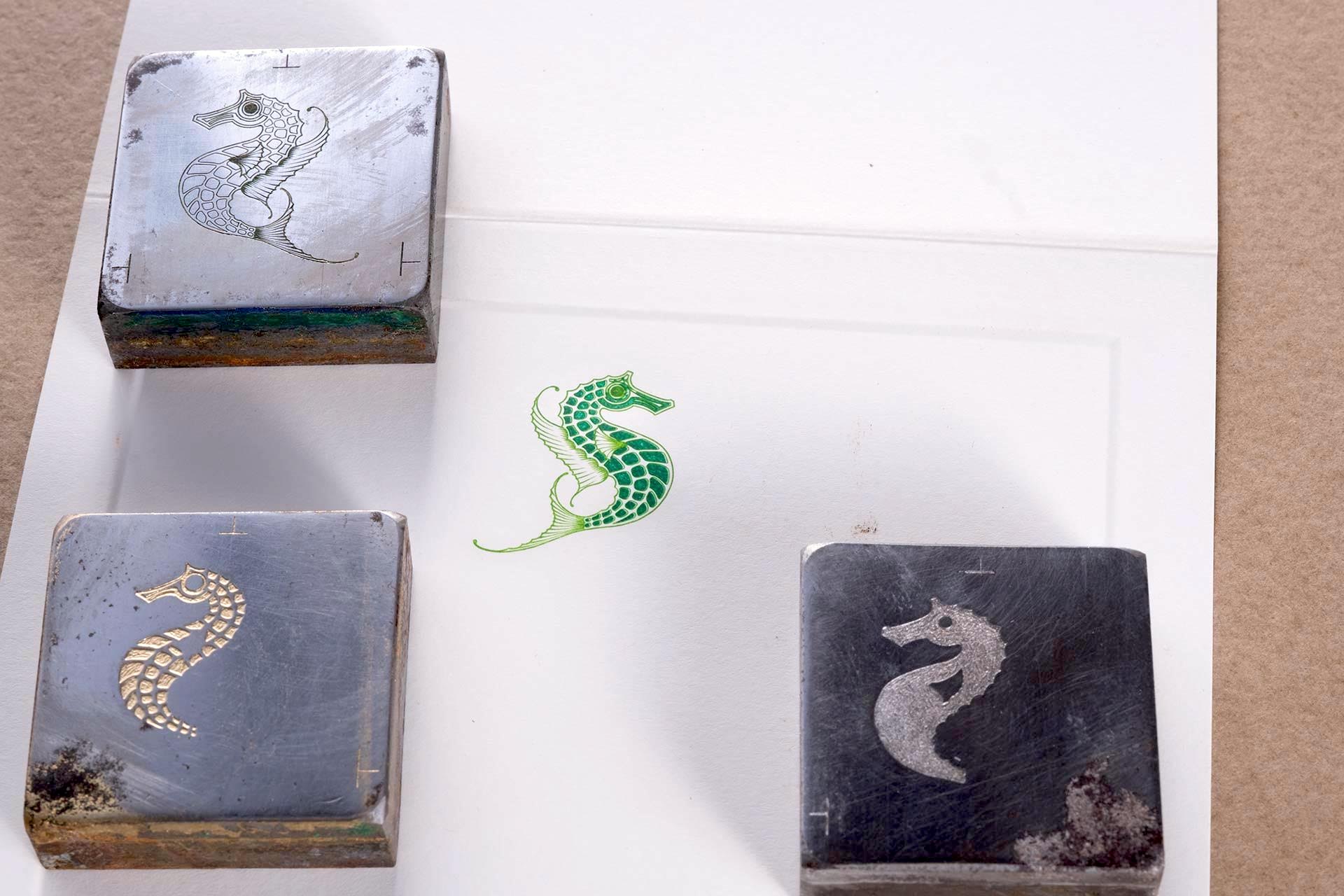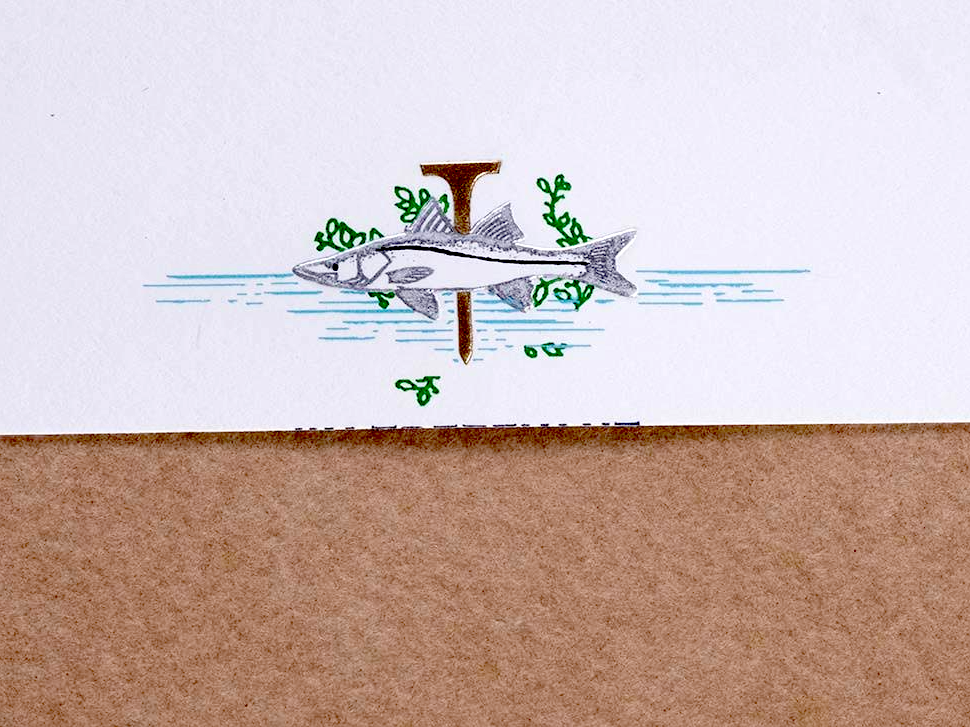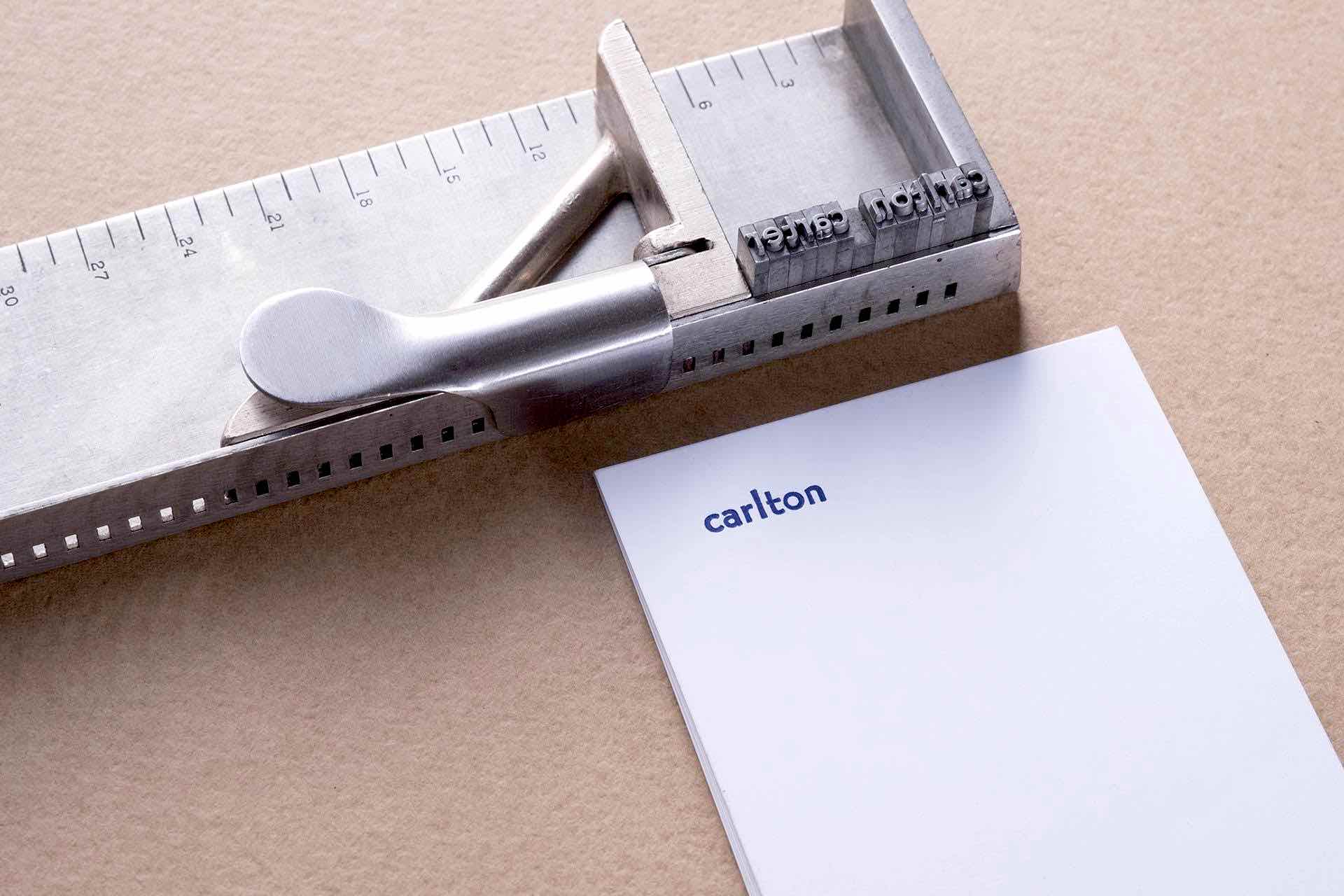Considered the highest standard for quality, engraving adds detail and dimension to your print.
It offers a subtle tactile quality that has long been associated with distinction and prestige. Engraved letterhead, business cards and stationery are perceived as “established," of “high quality” and “successful."
Engraving is a printing process using finely engraved plates of steel or copper. It has the extraordinary ability to hold small type and fine detail better than any other printing technique. The U.S. Bureau of Engraving and Printing uses the same technique for printing U.S. Currency because of the fine detail that can only be achieved with engraved printing. Because of the layers and depth achieved this way, it cannot be duplicated or copied on digital copiers, adding additional layers of security.
The recessed areas are inked, blotter paper is used to wipe the excess ink off, and the plate is pressed to the paper using a powerful engraving press capable of applying more than two tons of pressure on the paper. Because of the extreme pressure used, engraving causes a “bruise” on the back of the paper. This bruise is the sign of genuine engraved printing and is seen as a hallmark of prestige.
Each color in a design for engraved printing requires a separate engraved die and press pass. We only use 100% water based opaque inks for engraved printing which allows for vibrant, brilliant colors like no other printing process. Metallic inks can be burnished to make them shine like precious metals. Burnishing involves lining the image on the plate up, and passing the paper back through the press with no ink, causing the image to become slightly raised and giving the metallic ink a deep and richer feel.

